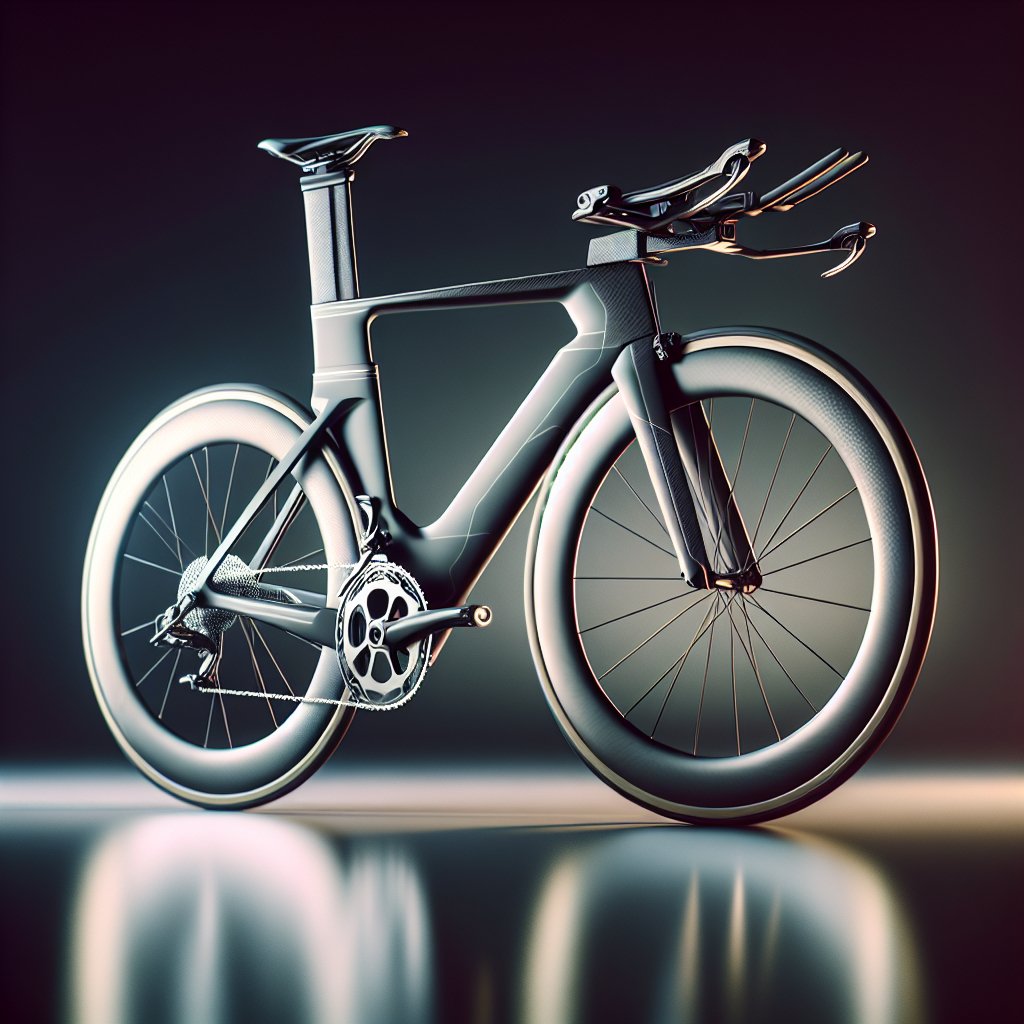Choosing the right road bike can transform your cycling experience from a simple pastime into a thrilling adventure on two wheels. As a beginner, you may feel overwhelmed by the array of options, technical jargon, and endless component choices. This guide will help you navigate the key factors, ensuring you find a bike that balances performance, comfort, and affordability. By understanding frame materials, gearing systems, fit considerations, and essential accessories, you can make an informed decision and start your road cycling journey with confidence.
Understanding the Basics of Road Bikes
Road bikes are designed for speed and efficiency on paved surfaces. Their lightweight frames, narrow tires, and drop handlebars allow riders to adopt an aerodynamic position, reducing wind resistance. Before delving into specifications, it’s crucial to grasp the fundamental categories:
- Entry-Level Road Bikes: Ideal for newcomers on a budget. These models offer reliable components without breaking the bank. Expect steel or aluminum frames with mid-range groupsets.
- Endurance Road Bikes: Emphasize rider comfort over long distances. They feature slightly relaxed geometry, wider tires, and vibration-dampening technologies.
- Performance Road Bikes: Prioritize stiffness and responsiveness. They’re built for racing or fast group rides, often with carbon frames and high-end gears.
- Gravel Bikes: A versatile hybrid that blends road speed with off-road capability, featuring wider tires and a more upright riding position.
As a beginner, starting with an entry-level or endurance bike is often best. You’ll gain experience and identify your cycling goals before investing in a high-performance model.
Key Components to Consider
Every road bike consists of several critical parts. Understanding these will help you compare models and prioritize your needs.
Frame Material
- Aluminum: Affordable and lightweight. Aluminum frames provide a stiff ride, translating pedal power into forward motion efficiently. However, they can transmit more road buzz.
- Steel: Known for its durability and comfortable ride quality. Steel frames flex to absorb shock, but they are heavier than aluminum or carbon.
- Carbon Fiber: Offers an excellent strength-to-weight ratio and vibration damping. Carbon frames are pricier but deliver top-tier performance and comfort.
Groupsets and Drivetrain
The groupset includes the shifters, derailleurs, chain, cassette, and crankset. Popular brands like Shimano, SRAM, and Campagnolo offer tiers ranging from beginner to pro-level:
- Shimano Claris / Tiagra: Cost-effective and reliable, perfect for new riders.
- Shimano 105: A step up in performance, durability, and weight savings.
- SRAM Apex / Rival: Known for smooth shifting and ergonomic design.
- Campagnolo Centaur / Potenza: High-end feel with precise shifting.
As a beginner, look for a 2x drivetrain (two chainrings in front) with an 11- or 12-speed cassette. This setup offers a good range of gears for varied terrain without overly complex shifting.
Wheels and Tires
Wheelsets can vary greatly in weight, aerodynamics, and durability. For entry-level bikes, alloy rims with 25–28mm tires provide a comfortable balance of speed and puncture resistance. As you progress, you might upgrade to deeper-section carbon wheels for improved performance and reduced rolling resistance.
Finding the Right Fit and Size
A bike’s geometry directly impacts comfort, power output, and injury risk. Never rely solely on height-based size charts. Instead, consider a professional bike fitting or follow these guidelines:
- Standover Height: Ensure there is at least 2–3 inches of clearance between your crotch and the top tube when standing over the bike.
- Saddle Position: Your knee should be slightly bent at the bottom of the pedal stroke. Adjust fore-aft position so the front of your knee aligns over the pedal axle.
- Handlebar Reach and Drop: The reach is the horizontal distance to the bars; the drop is the vertical difference between the saddle and bars. Make sure the position feels natural, allowing you to ride in both the hoods and drops without excessive strain on wrists or lower back.
Many shops offer test rides or demo days. Spend at least 10–15 minutes on the bike, shifting through all gears and climbing out of the saddle to gauge comfort and control.
Budgeting and Additional Gear
Road bikes can range from under $1,000 to well over $10,000. As a beginner, aim for a budget between $1,000 and $2,500. This range usually includes a reliable frame, decent groupset, and durable wheels. Keep extra funds for essential accessories:
- Helmet: The single most critical safety item. Look for a well-ventilated, properly fitting model.
- Clipless Pedals and Shoes: Enhance pedaling efficiency and power transfer.
- Cycling Apparel: Padded shorts, moisture-wicking jerseys, and gloves improve comfort on longer rides.
- Repair Kit: Spare tubes, multi-tool, tire levers, and mini pump for roadside fixes.
- Bike Computer or GPS: Tracks speed, distance, and route for progress monitoring.
Maintenance and Care Tips
Proper upkeep extends your bike’s lifespan and ensures a smooth ride:
- Clean the frame and drivetrain regularly to prevent grit buildup.
- Lubricate the chain every 200–300 miles to minimize wear and maintain responsiveness.
- Check tire pressure before each ride for optimal traction and puncture prevention.
- Inspect brake pads for wear and alignment. Replace when the grooves disappear.
- Have a professional tune-up annually, or more often if you ride frequently.




